To view this content, you must be a member of The Irish Passport Patreon at €1 or more
Already a qualifying Patreon member? Refresh to access this content.
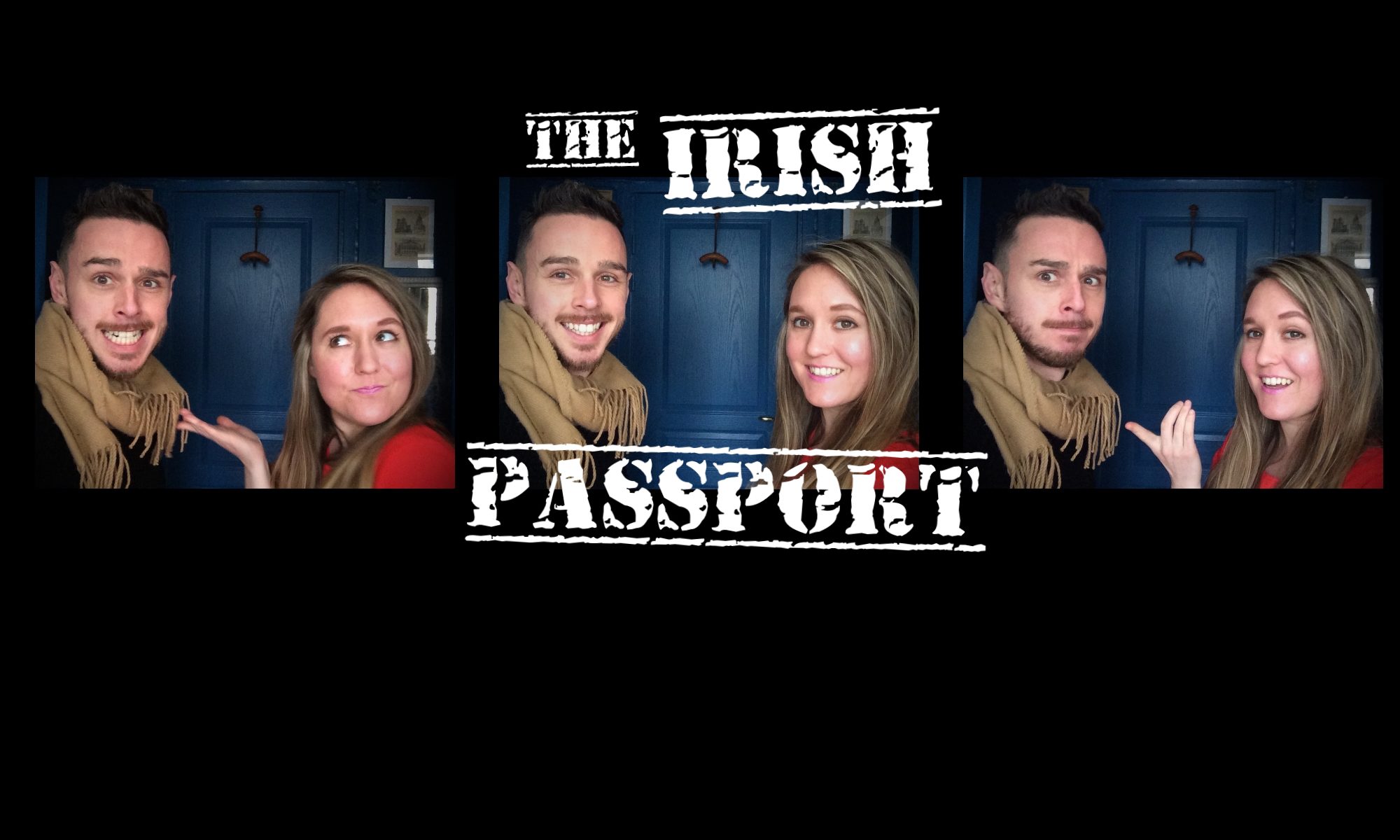
Award-winning podcast
In a recent episode of the Irish Passport Podcast, we visited the medieval city of Galway to trace the town’s ancient merchant oligarchy: the so-called Tribes. You can see some of the landmarks mentioned in that episode below, and if you are lucky enough to visit the city in the future, you can source them out for yourself!

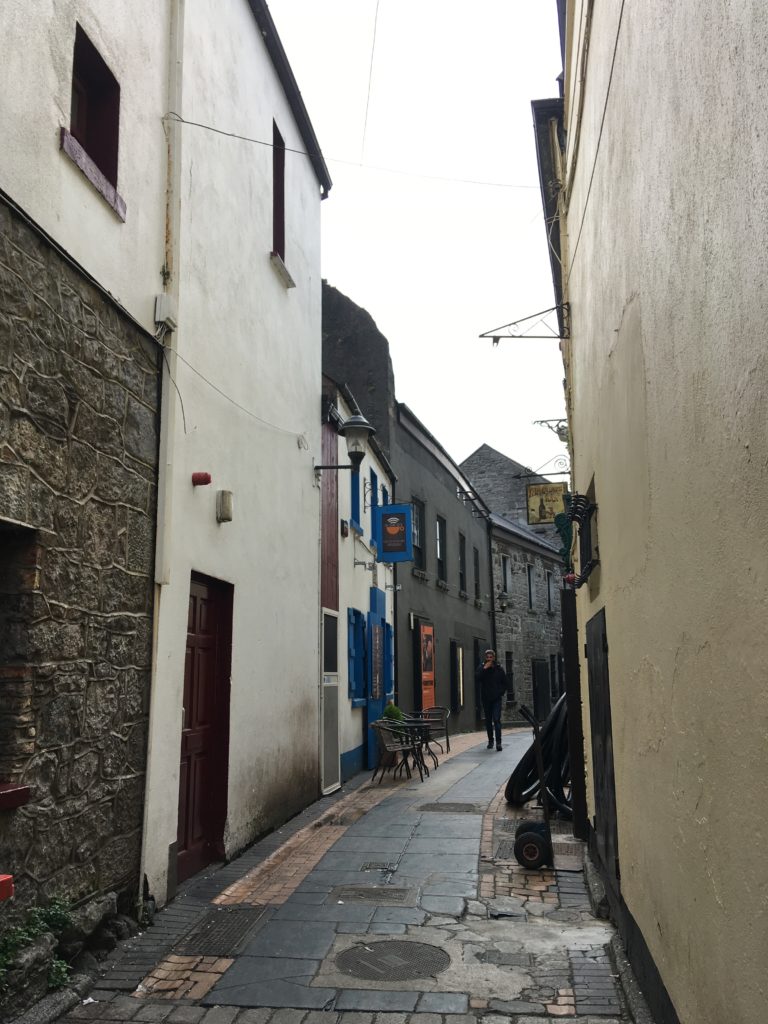
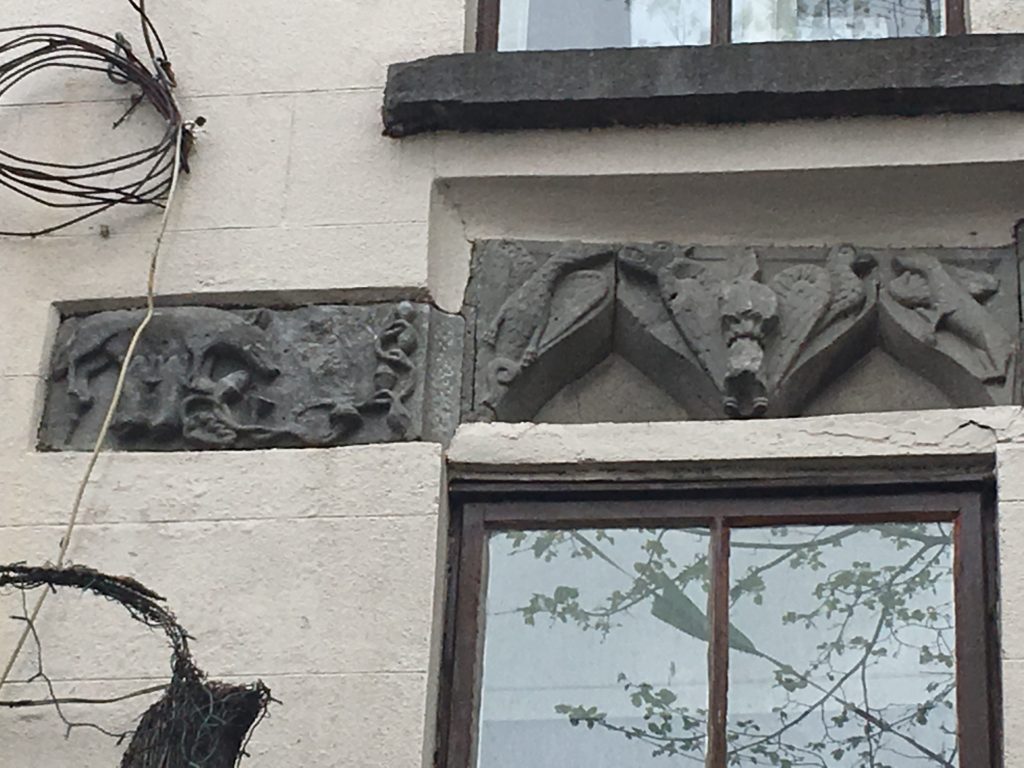
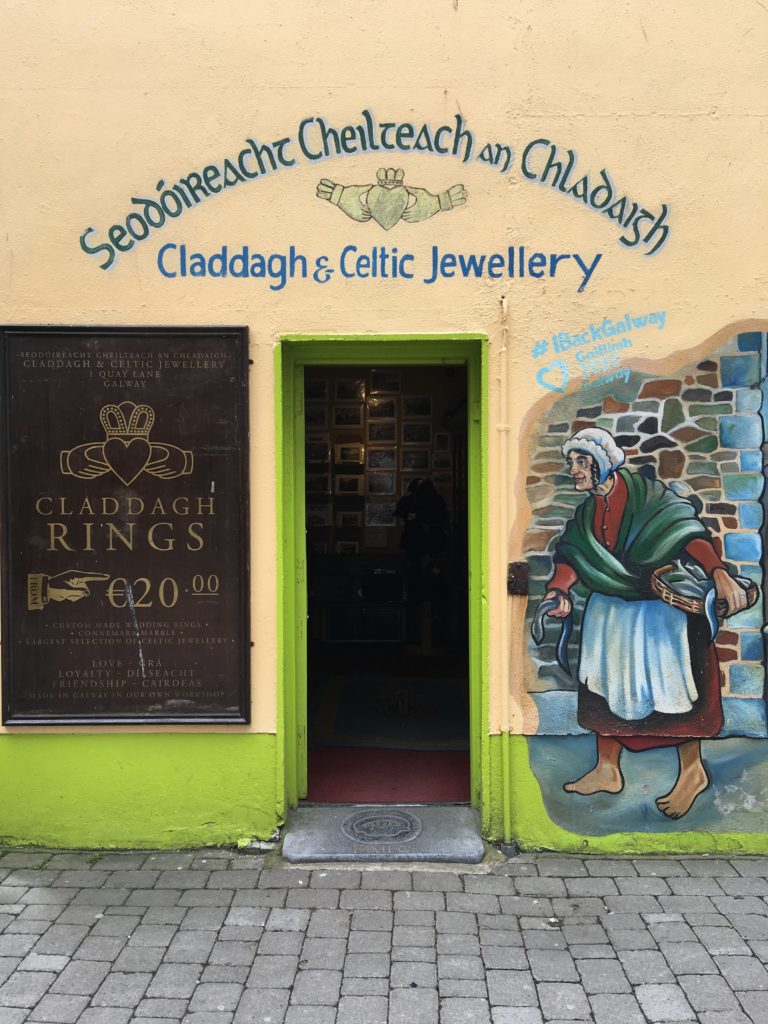
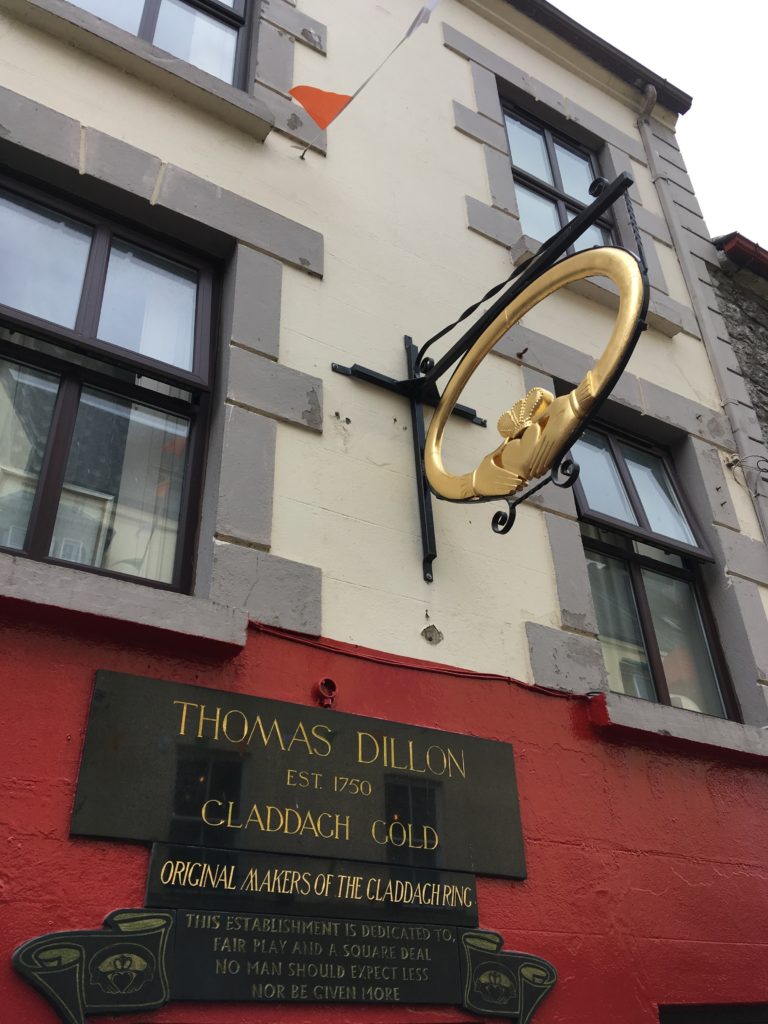
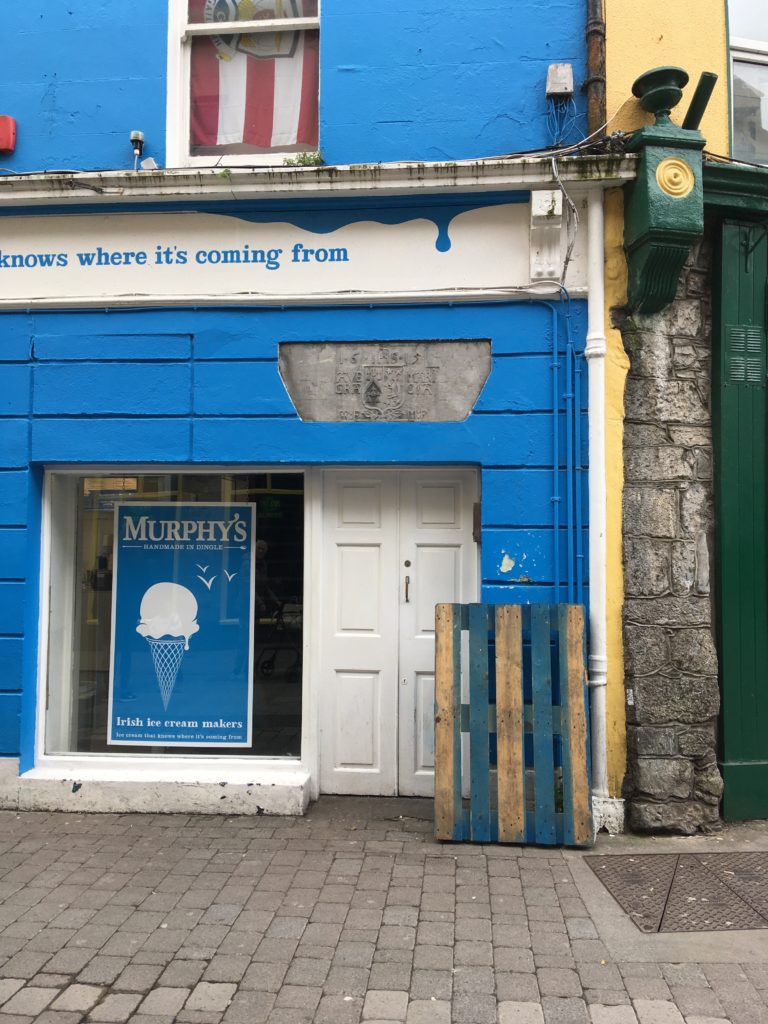
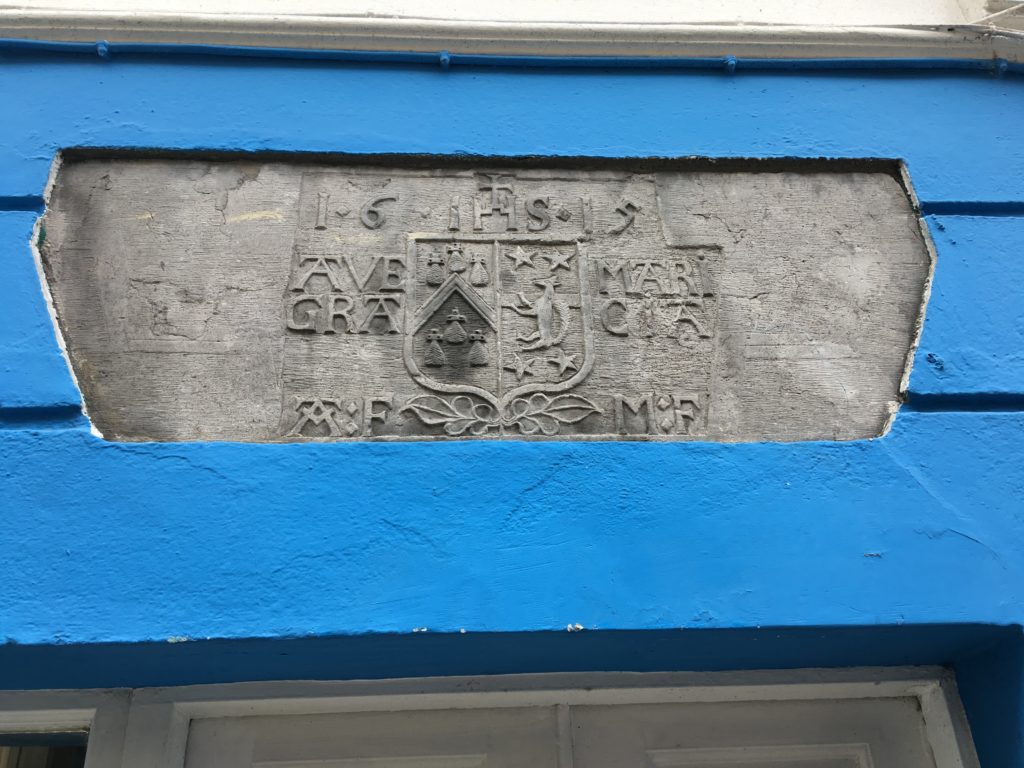
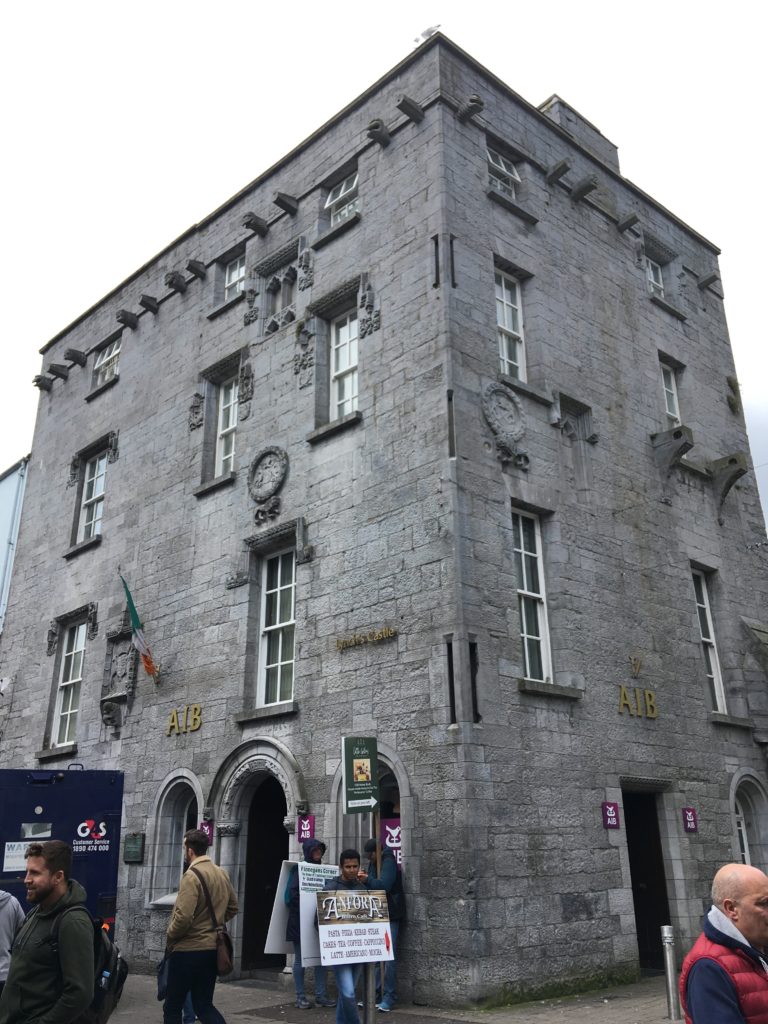
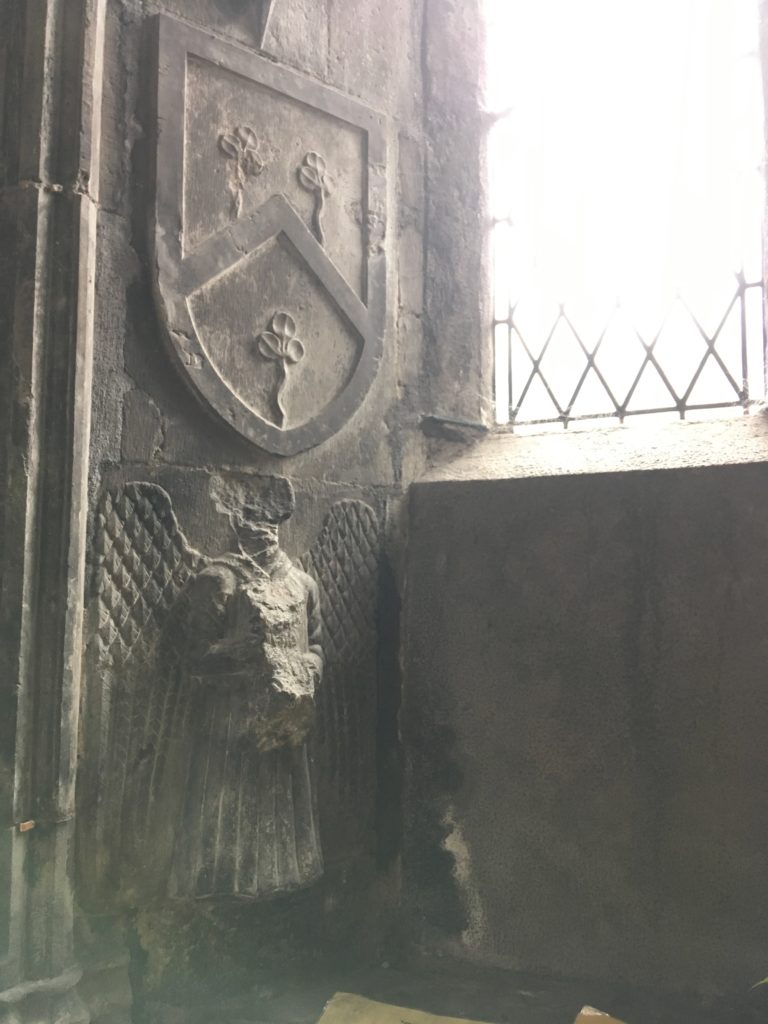

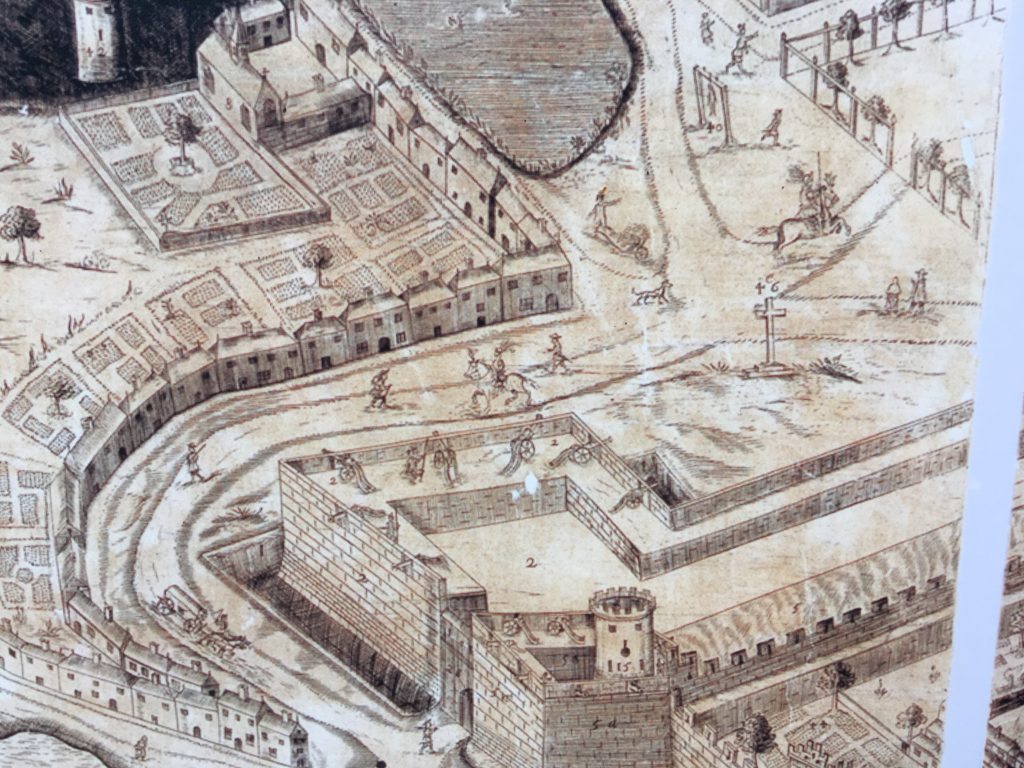
This bonus episode is available now for supporters over on our Patreon page. Belfast poet Gail McConnell reads her poem ‘Type Face’ in an exclusive recording for The Irish Passport Patreon supporters. As Gail explains in her introduction to the work, this poem discusses her experience of reading a report from Northern Ireland’s Historical Enquiries Team about the death of her father. A prison guard in the Maze, he was shot as he said goodbye to Gail and her mother on his way to work one morning. Settle in and let Gail’s reading bring you back in time to her Belfast bedroom as she searches for answers.
‘Type Face’ is published in Blackbox Manifold, online here. McConnell featured in our latest episode ‘Poetry and Pain’, in which she read her poem, ‘Start Out’.
Listen here: https://www.patreon.com/posts/28074634
Ireland just had a voting bonanza: local elections, European elections, a referendum on divorce and a vote on directly elected mayor hardly anyone knew about… What were the results and what do they mean? Why did the Emerald Isle suddenly turn green, politically? Naomi gathers a team of Irish journalist colleagues to break down the good, the bad, and the downright weird. Featuring RTÉ deputy foreign editor Colm Ó Mongáin, Mark Paul of the Irish Times, and Phelim O’Neill of the Irish Farmers Journal.
This bonus episode is now available for supporters over on our Patreon page.
Listen here: https://www.patreon.com/posts/27150346